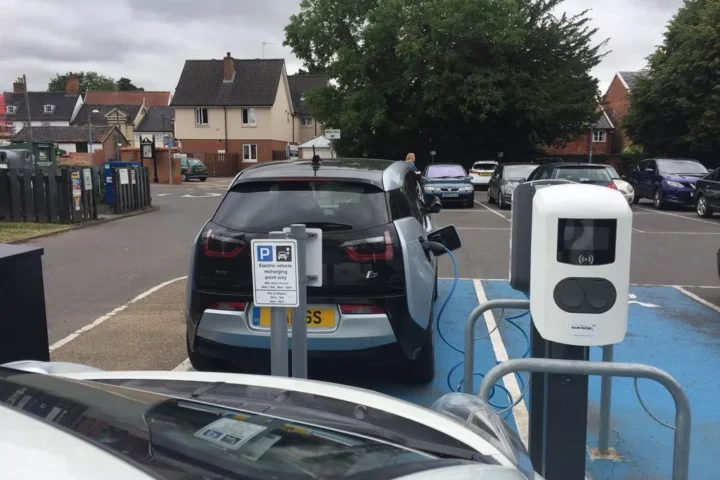The U.S. Department of Energy (DOE) and its partners have embarked on a transformative journey to harness the abundant, potent, and consistent offshore wind resources, which boast a staggering technical resource potential of over 4,000 gigawatts (GW) or 13,500 terawatt hours (TWh) per year across the federal waters of the United States and the Great Lakes. This initiative is not merely a venture into sustainable energy but a robust strategy aimed at deploying 30 GW of new offshore wind energy by 2030, thereby supporting 77,000 jobs, powering 10 million homes, and reducing 78 million metric tons of carbon emissions.
Funding Notice: A Stepping Stone to Sustainable Development
In a recent Funding Opportunity Announcement (FOA), the DOE’s Office of Energy Efficiency and Renewable Energy (EERE), in collaboration with the Department of Interior’s (DOI) Bureau of Ocean Energy Management (BOEM) and Bureau of Safety and Environmental Enforcement (BSEE), and the National Oceanic and Atmospheric Administration’s (NOAA) National Marine Fisheries Service, has earmarked $16.4 million to fund research aimed at reducing risk and enhancing the environmental compatibility of offshore renewable energy deployments across U.S. waters.
The FOA encompasses two pivotal topic areas:
- Reliable Moorings for Floating Offshore Wind and Marine Energy Systems ($6.4 million, 6–8 projects)
- Noise Reduction for Fixed-Bottom Offshore Wind Installation ($10 million, 3–8 projects)
These areas delve into the integrity and monitoring of mooring lines for floating offshore wind energy systems and marine energy converters, as well as mitigating noise generation and propagation during the installation of fixed-bottom offshore wind foundations.
The Dual Facet of the Funding: Reliability and Environmental Harmony
The first topic area focuses on enhancing the reliability of mooring lines for U.S. deployments of floating offshore wind and marine energy systems, addressing specific near-term needs that inform mooring system designs for these energy systems. This includes testing mooring ropes for fatigue, advancing robust sensor systems for mooring condition monitoring, and validating shared anchor/mooring array configurations.
Conversely, the second topic area underscores the importance of reducing noise associated with the installation of fixed-bottom turbine foundations, exploring alternative, quieter foundation types or installation methods, demonstrating the effectiveness of noise abatement technologies, and synthesizing existing information to provide best practice guidelines.
Aligning with National Goals and Global Leadership
These projects, awarded under this funding opportunity, are not isolated endeavors but are meticulously aligned with the Biden-Harris Administration’s goals of achieving a carbon-free electricity sector by 2035 and a net-zero-emissions economy by 2050. Furthermore, it supports the Administration’s goals to deploy 30 GW of offshore wind energy by 2030 while safeguarding biodiversity and promoting ocean co-use, and to deploy 15 GW of floating offshore wind energy by 2035.
Similar Stories
A Consortium for Collective Progress
The National Offshore Wind R&D Consortium, supported by WETO, is a $41 million national offshore wind R&D consortium that addresses near-term needs for the development of the U.S. offshore wind industry through wind plant technology advancement, wind resource and physical site characterization, and installation, operations and maintenance, and supply chain technology solutions.
The Road Ahead: Strategy and Planning
The DOE, through reports like “Offshore Wind Energy Strategies” and “Advancing Offshore Wind Energy in the United States,” has outlined regional and national strategies to accelerate U.S. offshore wind deployment and operation, summarizing the current status, describing challenges, and identifying strategies to secure United States global leadership in the industry.
The U.S. offshore wind energy initiative is not merely a project but a comprehensive strategy, meticulously crafted and aligned with national goals, to navigate the winds of change towards a sustainable, environmentally compatible, and economically viable future. The journey ahead, while challenging, is illuminated with the promise of innovation, collaboration, and a steadfast commitment to harnessing the boundless potential of offshore wind energy.















